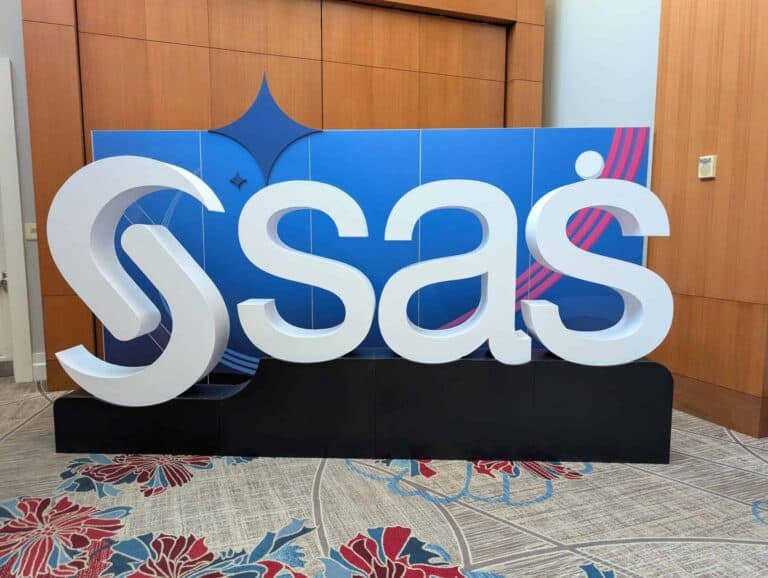SAS launches Retrieval Agent Manager (RAM) to help companies convert unstructured data into actionable insights. The no-code solution aims to bridge the gap between GenAI promises and practical business results.
RAM offers concrete solutions for a wide range of industries. Fraud teams can detect suspicious patterns in seconds, speeding up investigations and strengthening compliance. In insurance, claims adjusters can immediately retrieve relevant information for faster payouts.
Contact centers benefit from significantly shorter wait times while ensuring consistent responses. In the healthcare sector, RAM extracts insights from patient records and clinical protocols more efficiently, which can lead to improved treatments.
The manufacturing industry can optimize predictive maintenance by analyzing manuals, inspection reports, and emails. This allows manufacturers to identify the root cause of problems more quickly and determine the right solution.
Unstructured data presents challenges
More than 80 percent of all business data consists of unstructured formats such as text and images. This information grows by 50 to 60 percent annually. Extracting value from this data stream is one of the biggest challenges for organizations seeking to utilize GenAI.
Existing approaches are often complex, code-intensive, and inefficient. As a result, companies often struggle to achieve consistent results with their GenAI projects. SAS wants to bridge this gap with a new approach.
No-code approach for complex processes
RAM builds on the Retrieval Augmented Generation framework and automatically processes unstructured documents. The tool evaluates various configurations and selects the optimal settings for rapid interaction via APIs or chatbots.
The solution supports the plug-and-play use of GenAI services, including Large Language Models and vector databases. For more complex workflows, RAM adds an agentic AI layer that enables automation.
Reliability is key
RAM uses only organizations’ own data and documents to understand requests. The solution transparently displays the source documents on which answers are based. Crucially, SAS does not use company data to train Large Language Models.
The data and the LLM remain completely separate. Only when an answer is generated do company data and the model come together. This knowledge service provides relevant and timely answers without sensitive information leaving the company.
Many organizations struggle with the effective use of AI technology. RAM must translate theoretical possibilities into concrete business results. The focus is on converting AI investments into measurable value more quickly.
The tool supports both simple chatbot implementations and advanced AI agent development. Companies can build their AI maturity step by step without revising existing systems.
With RAM, SAS is positioning itself as a bridge between the complex world of GenAI and practical business needs. The coming months will reveal whether this no-code approach will truly deliver the breakthrough that many organizations are looking for.
Tip: With 50 years of experience in analytics, SAS is setting the course for AI
